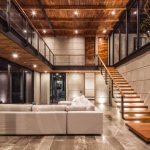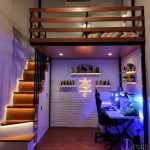Explore The Captivating Loft Design 3D Model Experience: Click Here For A Jaw-Dropping Showcase!
The Fascinating World of Loft Design 3D Models
Have you ever wondered what it’s like to step into a beautifully designed loft space? The high ceilings, exposed brick walls, and open floor plans create a sense of modernity and sophistication that is hard to resist. Thanks to the advancements in technology, it is now possible to bring these dreamy loft designs to life through 3D modeling. In this article, I will take you on a journey through the world of loft design 3D models, exploring what they are, who they are for, when and where to use them, why they are popular, and how they are created. So, fasten your seatbelts and let’s dive into this exciting topic!
What is a Loft Design 3D Model?
3 Picture Gallery: Explore The Captivating Loft Design 3D Model Experience: Click Here For A Jaw-Dropping Showcase!
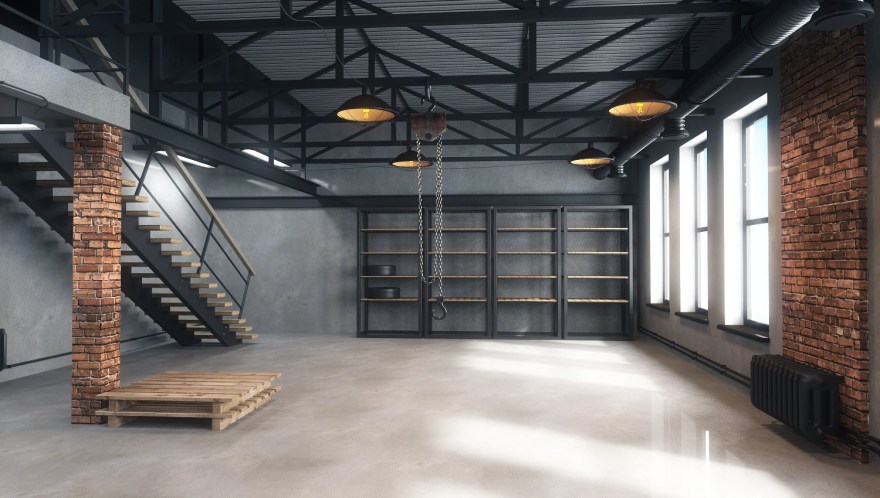
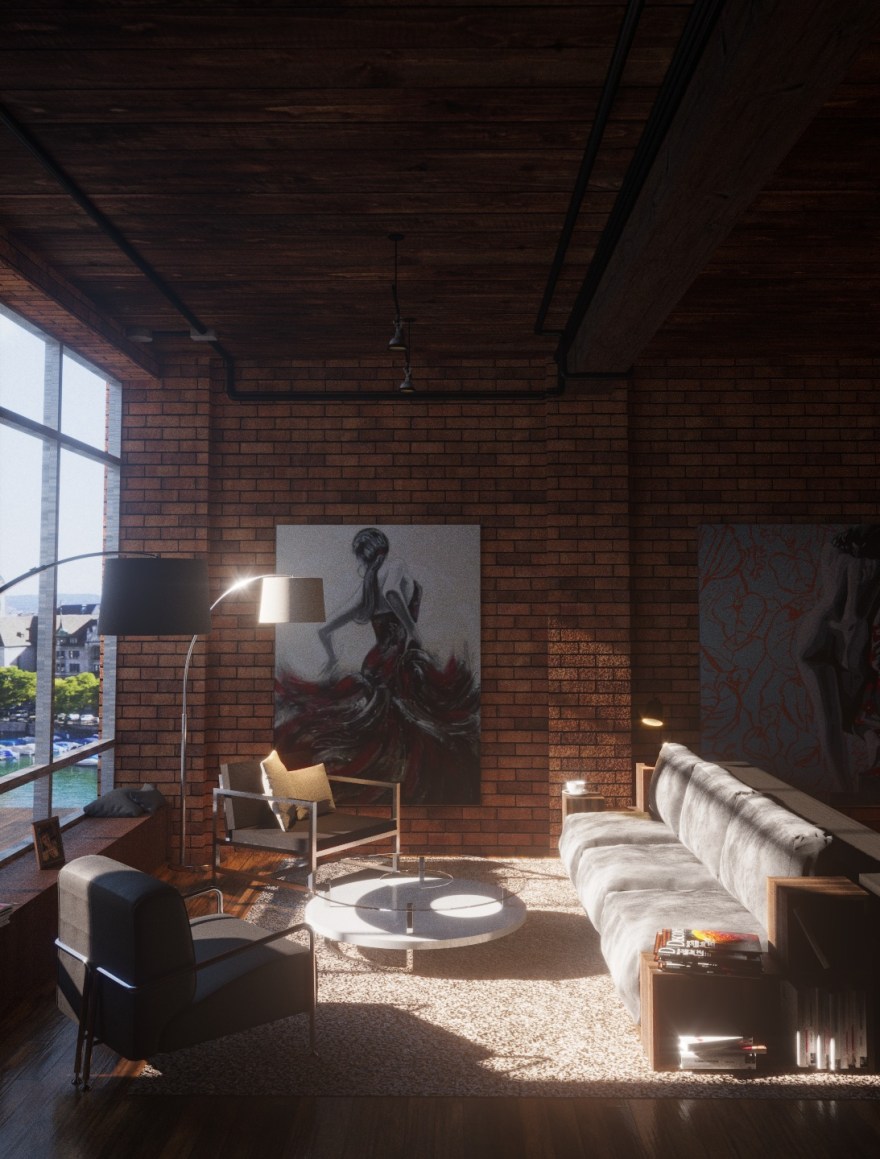
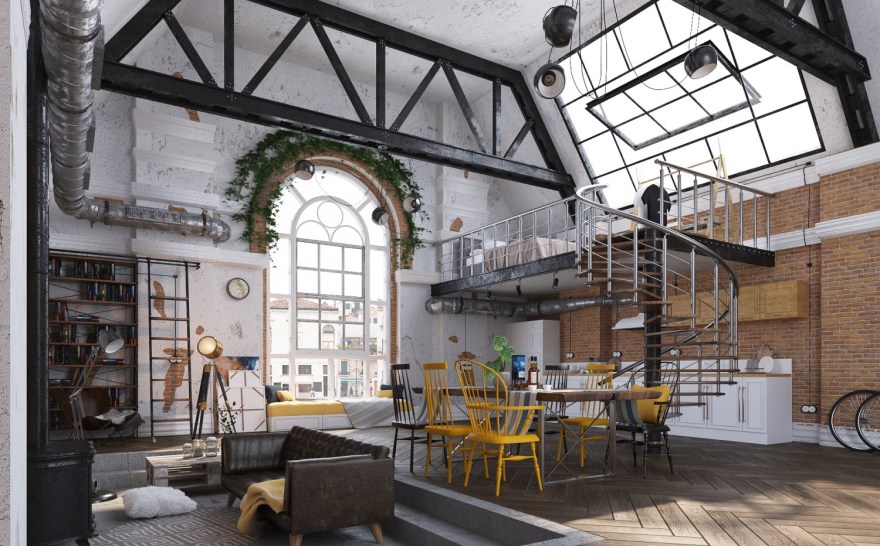
A loft design 3D model is a digital representation of a loft space created using 3D modeling software. It allows architects, interior designers, and homeowners to visualize and plan their loft designs before construction or renovation begins. These 3D models provide a realistic representation of what the space will look like, complete with furniture, fixtures, and decor. By using loft design 3D models, designers and homeowners can experiment with different layouts, color schemes, and materials to create the perfect loft space.
Who Can Benefit from Loft Design 3D Models?

Image Source: amazonaws.com
Loft design 3D models are beneficial for a wide range of people, including architects, interior designers, real estate developers, and homeowners. Architects and interior designers can use these models to showcase their design ideas to clients and get their approval before starting the construction process. Real estate developers can utilize 3D models to market their loft spaces to potential buyers or tenants. Homeowners, on the other hand, can use these models to visualize their dream loft and make informed decisions about the layout, furniture, and decor.
When and Where to Use Loft Design 3D Models?

Image Source: behance.net
Loft design 3D models can be used at various stages of the design and construction process. They are particularly useful during the planning phase to help visualize the space and make necessary adjustments before any physical work begins. These models can be used in both residential and commercial settings. Whether you are designing a loft apartment, an office space, or a retail store, 3D models can provide a clear understanding of how the final space will look and function.
Why are Loft Design 3D Models Popular?
The popularity of loft design 3D models can be attributed to several reasons. Firstly, these models offer a realistic representation of the final space, allowing designers and homeowners to make informed decisions about the design. Additionally, 3D models enable easy experimentation with different layouts, furniture arrangements, and color schemes, helping to create a personalized and unique loft space. Furthermore, these models can also save time and money by preventing costly design mistakes and ensuring that the final space meets the client’s expectations.
How are Loft Design 3D Models Created?

Image Source: amazonaws.com
Creating loft design 3D models requires specialized software and skills. Architects and designers start by gathering the necessary measurements and specifications of the space. They then use 3D modeling software to create a digital representation of the loft, carefully adding walls, windows, doors, and other architectural details. Once the basic structure is in place, they can start adding furniture, fixtures, and decor to bring the space to life. Lighting and textures are applied to create a realistic ambiance. The final result is a visually stunning 3D model that accurately represents the loft design.
Frequently Asked Questions about Loft Design 3D Models
What types of lofts can be created with 3D models?
Loft design 3D models can be used to create various types of lofts, including industrial lofts, modern lofts, and contemporary lofts. The flexibility of 3D modeling allows for endless possibilities in terms of design styles and aesthetics.
What is the ideal size for a loft design 3D model?
The size of a loft design 3D model can vary depending on the complexity of the design and the level of detail required. It can range from a small studio loft to a large penthouse loft. The key is to accurately represent the proportions and dimensions of the space.
What materials can be visualized in loft design 3D models?
Loft design 3D models can effectively visualize various materials such as exposed brick walls, concrete floors, hardwood floors, metal beams, glass partitions, and more. The choice of materials depends on the desired aesthetic and design concept.
What are the specifications required for creating a loft design 3D model?
To create a loft design 3D model, architects and designers need accurate measurements, floor plans, and elevation drawings of the space. They also require information about the desired furniture, fixtures, and finishes to be included in the model.
Are there any tips and tricks for creating a stunning loft design 3D model?
To create a stunning loft design 3D model, it is important to pay attention to details such as lighting, textures, and realistic furniture placement. Experimenting with different color schemes and materials can also elevate the visual appeal of the model.
What are the benefits of using loft design 3D models?
The benefits of using loft design 3D models are numerous. It allows for better visualization and understanding of the space before construction begins, reduces design errors and miscommunication, offers the opportunity to experiment with different design options, and helps in marketing and sales efforts.
What are the disadvantages of using loft design 3D models?
While there are numerous advantages to using loft design 3D models, there are also some disadvantages. Creating high-quality 3D models requires specialized software and skills, which can be costly. Additionally, the level of detail and realism achieved in the 3D models may vary depending on the expertise of the designer.
Conclusion
In conclusion, loft design 3D models offer a fantastic opportunity to bring your dream loft space to life. Whether you are an architect, interior designer, or homeowner, these models allow you to explore different design options, visualize the final space, and make informed decisions. The popularity of loft design 3D models can be attributed to their ability to save time, money, and effort while ensuring client satisfaction. So, why settle for imagining your dream loft when you can see it in stunning detail through a 3D model?
This post topic: Loft Design

